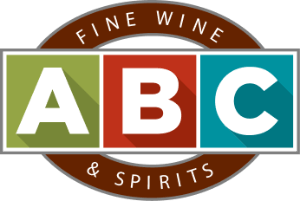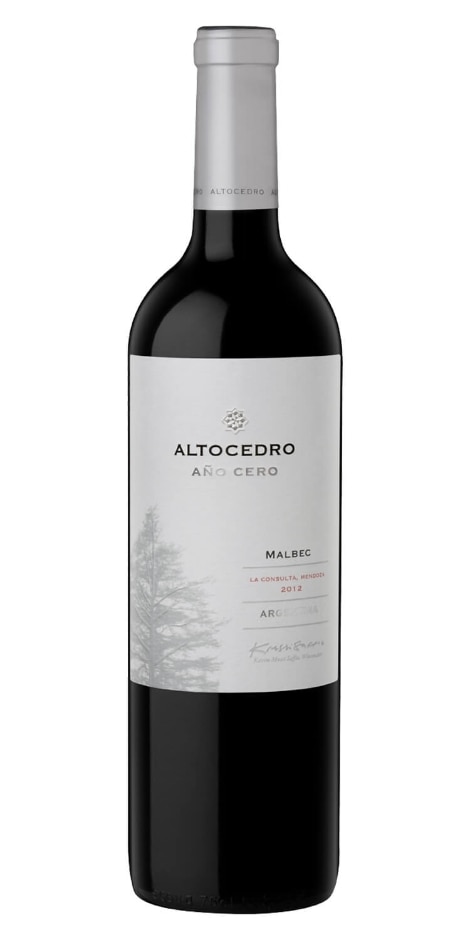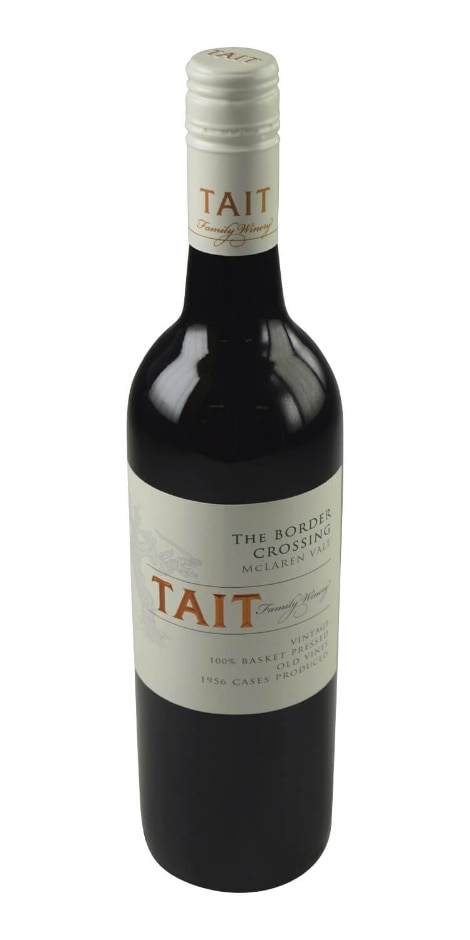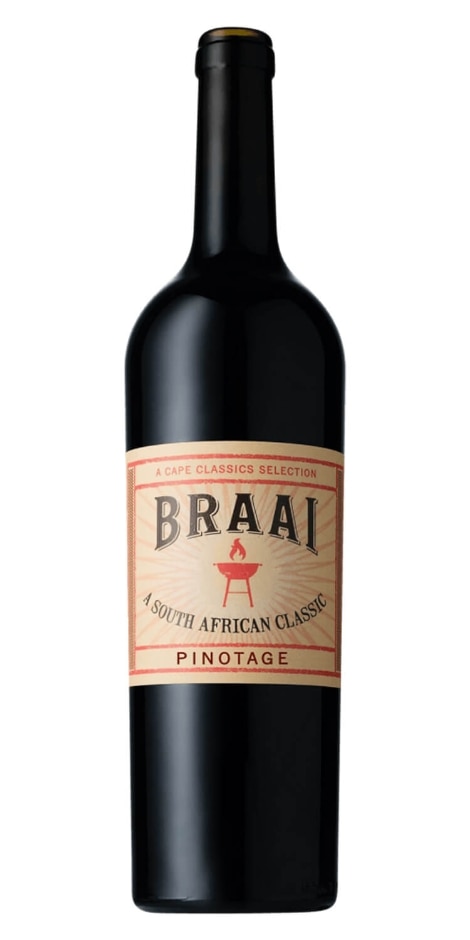Red Wines You Haven't Already Tried

By Marie Gorbenko Published August 2021
Life can be full of ruts—work ruts, reading ruts, fashion ruts—the list goes on. We humans tend to be creatures of habit. When we find something that works, we usually stick to it. So today, let's talk about how to break free from one of these ruts – the wine rut. Alas, wine is certainly not immune to the phenomenon of instant gravitation to what we know and recognize, and red wine in particular tends to fall into this category. We’ve all seen this scenario play out at restaurants: the couple at the table next to us are awaiting a scrumptious chef’s special dinner—the perfect opportunity for some wine experimentation—and yet the wine order more often than not consists of tried and true favorites like cabernet sauvignon, zinfandel, merlot and pinot noir.
While we certainly may have our favorite producers, styles and even bottles; drinking the same red wine repeatedly usually buys a one-way ticket to samesville and robs us of the joys of discovering and tasting new wines. With such a bounty of amazing wines out there, it would be a shame not to explore the multitude of delicious, new options.
To help set your course due north on your voyage of red wine discovery, we’ve brought out our trusty wine compass (aka, ABC wine expert, Bill Stobbs) to help guide you in the right red direction. Glasses up and anchors away!
If you like cabernet sauvignon, try cabernet franc.
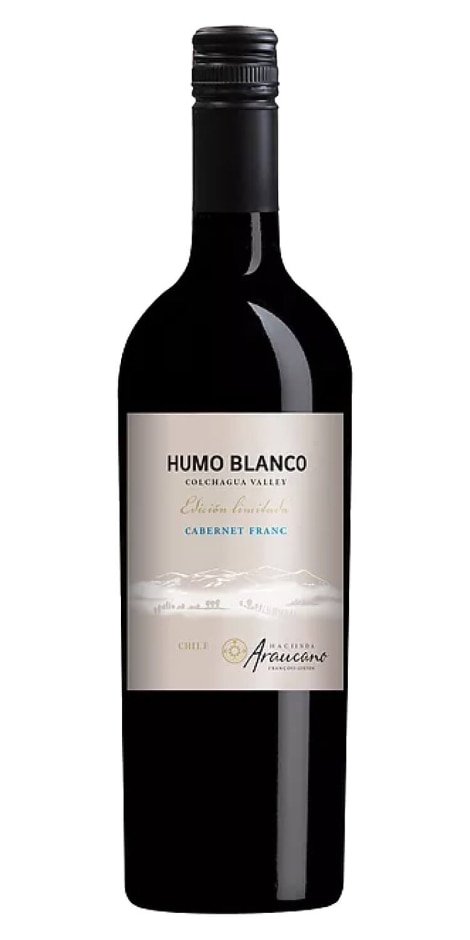
Fun fact: Cabernet franc is actually one of the parents of cabernet sauvignon—the latter of which is a chance cross between cabernet franc and sauvignon blanc. And, as per usual, the apple doesn’t fall far from the tree, with the two cabernets sharing some of the same characteristics. While cabernet franc is a little lighter in color, it still carries a nice richness and intensity—with a pronounced perfume of black currants and violets. And since cabernet franc contains less tannins, it results in a smoother overall mouthfeel.
Bill’s recommendation:
Humo Blanco Cabernet Franc, from the lovely Colchagua and Lolol valleys in Chile. This winery is the brainchild of Francois Lurton, the famed Bordeaux winemaker, whose entire wine production is biodynamic (aka, organic plus). This wine shows beautiful blackberry and black currant aromas and is full-bodied on the palate with a touch of oak. It works exceptionally well paired with meat, especially pork and lamb.
If you like merlot, try malbec.
The first place we think of when someone says “malbec” these days is probably Argentina, and for good reason. Argentinian malbec is usually fruit-forward and less tannic, with a flavor somewhat akin to merlot.
Bill’s recommendation:
Altocedro Año Cero Malbec from La Consulta in Mendoza. This wine is full-bodied—but still drinks easily—and possesses charming aromas of violets and wild berries. It’s the perfect complement to pretty much any meat dish and earned an impressive 91 points from Wine Advocate for its 2018 vintage.
If you like zinfandel, try shiraz.
Like zinfandel, shiraz has an appealing spiciness that gives it that little extra something. Typically bold, fruit-forward, and full-bodied; it has notes of red and black fruits, white and black pepper, herbs, violets and smoke. Much like Steve Irwin and Tim Tams, Australian shiraz is one of the things we’re most grateful for from the land down under.
Bill’s recommendation:
Tait ‘The Border Crossing’ Old Vines Shiraz from South Australia’s McLaren Vale. This impressively powerful and juicy wine has notes of blueberries, mocha, black plum and licorice. With a solid 91/100 points for its 2018 vintage from Wine Advocate, this wine pairs perfectly with burgers or ribs for an Aussie Outback-inspired meal to remember.
If you like pinot noir, try pinotage.
At the risk of being caught red-handed, we’ll admit right away that pinot noir is quite a unique wine (it’s also the most finicky grape to make wine from). Lighter bodied, yet amazingly complex—it’s quite difficult to find anything similar to it, even in the great big world of wine. However, Bill does recommend pinotage because—while it’s not quite akin to pinot noir—South Africa's native red grape is actually a cross between pinot noir and cinsault. As such, a good pinotage shows pleasant red fruit flavors of raspberry and red licorice.
Bill’s recommendation:
Braai Pinotage, since the name itself conveniently takes the guesswork out of food pairings—a braai is a South African barbecue. Braais are so famous and beloved in South Africa that its countryfolk lay claim to having invented the barbecue. And we can hardly blame them; between the delicious piri piri sauce and the fact that we have yet to come across a bad rainbow nation barbeque, it’s easy to see why they make a good case for their founding argument. Try this easy drinking wine at your next cookout.
On the hunt for more wines to escape your rut? Shop our selection here.
Pricing, selection and vintages may vary by location.
